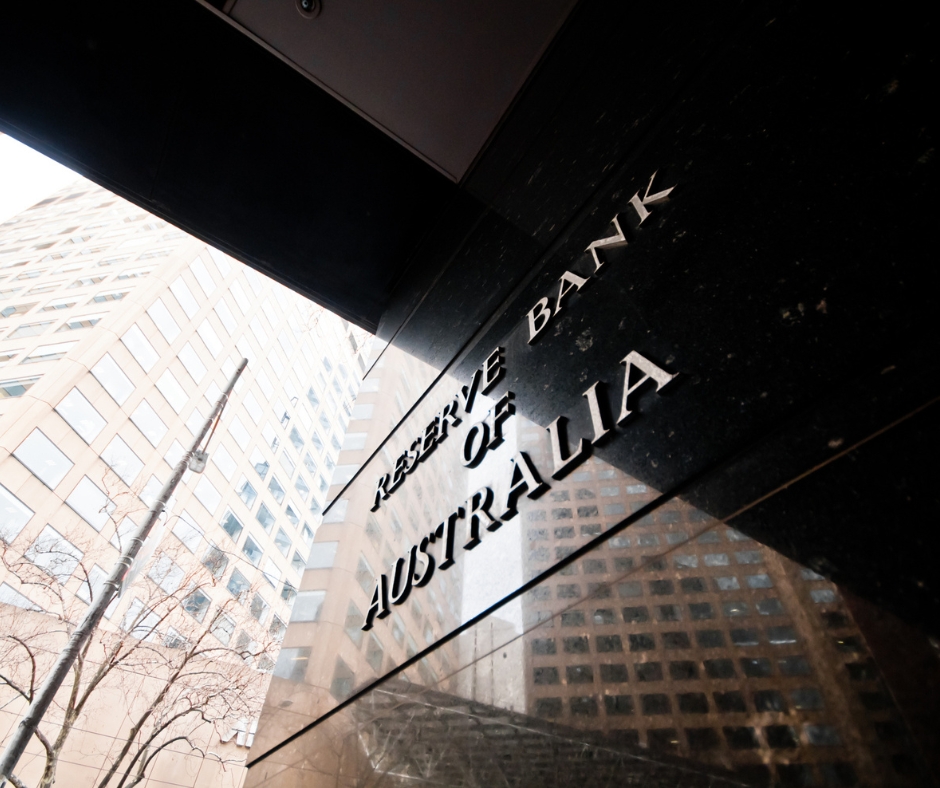Pressure mounts on businesses to seek cheaper interest rate business and asset finance as the RBA continued increasing interest rates with its December decision. The RBA December decision to raise the cash rate again makes it the eighth consecutive increase this year. Raising the cash rate from that historic low 0.1% to the now 3.1% over those eight increases. Quite a significant amount of increases in a relatively short time. A fact which has been acknowledged by RBA Governor Philip Lowe in recent remarks and statement.
The cash rate is now at its highest in around 10 years. The repercussions through lending markets has been increases in interest rates by banks and non-bank lenders. But those increases can vary across and within different loan markets and for finance applicable for different industry sectors. Taking this all into consideration along with high inflation, the tight labour market and rising costs, the importance of understanding what’s happening with interest rates and having access to cheaper business loans will be a priority for many operators.
To assist business owners to quickly update on the latest RBA rate decision, we have summarised the key points as well as information on how we assist businesses to achieve the finance they require at cheaper interest rates.
Latest Cash Rate Decision – Official Statement
The
RBA Board held its scheduled meeting on 6 December and delivered its decision via the usual press release that afternoon. There was great expectation that the RBA would announce another rate rise. The Board and the Governor himself has said as much on a number of occasions – that further increases were expected.
But remarks made by the Governor in recent appearances and the drop in inflation as per the latest
ABS CPI Index report, may have created some optimism that rates may be kept on hold. Dr Lowe did say recently that the Board was not discounting the option of returning to the larger rate increases as implemented earlier in 2022. But that it was also no excluding the possibility of keeping rates on hold and unchanged. Each monthly decision would be guided by the data as available and the Board’s outlook both globally and domestically.
The main issues to take from the RBA December statement include:-
- Decision by the Board to raise the cash rate by 0.25% to 3.1%
- Inflation continues at a rate which is ‘too high’.
- Reasons provided for the continuing inflationary pressure are global issues (not detailed in December statement but covered in earlier statements) and the strong demand in Australia not being addressed as a result of constraints on supply.
- As of the most recent data from the ABS, inflation sits at 6.9% while the RBA’s target is 2% to 3%.
- To achieve this target, the Board notes that a balance of the levels of supply and of demand which is sustainable is required.
- Inflation is still expected to rise more. The Board repeated its forecast for the peak of 8% in this quarter. A fall is forecast for next year as the resolution of supply disruptions on a global level continue and other factors.
- The forecast is for a return to around target inflation in 2024.
- Economic growth in Australia is seen as solid but an easing is expected in 2023. This is given as the global economy slows down and in Australia, as demand and hence consumption ease off as the real effects of financial tightening are realised. Especially higher home mortgage rates.
- The lag between rate rises and their effect was noted.
- Wages growth is seeing a pick-up but labour availability remains tight as the low rate of unemployment indicates.
- The Board will be paying close attention to the behaviour of businesses in price setting to avoid a wages-prices spiral.
- The uncertainties around forecasts and outlooks were once again noted. These being the performance of the global economy which is already showing signs of deterioration. Also the uncertainty around how consumer spending will react when the rate increases are fully implemented.
While the above points provide background and rationale from the RBA Board, the real message that many are after was contained in the final paragraph. That is, that further rate rises are expected to be required. At least the next rate rise will be a little further off as there is no meeting for the RBA Board in January. The next interest rates decision would come in early February.
Before that time, updated inflation figures and employment data is due from the ABS.
Achieving Cheaper Rate Finance when Rates are on the Up
We assist business owners and operators to secure the cheapest interest rates on a wide range of
commercial loans and asset finance. We achieve this objective through our ability to access a large number of lenders, including specialist non-bank lenders. These lenders can tend to take more negotiable and flexible approach and as such, can offer extremely cost-effective finance for many businesses.
We strongly advise those that are in a position to act on asset acquisitions to do so prior to the new year before the next RBA rate decision. Acting on asset purchases at this time may also present the opportunity to utilise temporary full expensing with
Chattel Mortgage finance for motor vehicles, trucks and business equipment. The expiry date for this tax measure is 30 June 2023 and the assets must be operational in the business by that time.
While the RBA is continuing with interest rates rises to bring down inflation, we remain ideally placed to continue sourcing better interest rates on commercial finance.
Contact Business Finance on 1300 000 033 to discuss how we may assist you with cheaper interest rates on commercial finance and loans.
DISCLAIMER: THE SPECIFIC PURPOSE IN PROVIDING THIS ARTICLE IS FOR GENERAL INFORMATION ONLY. IT IS NOT INTENDED AS THE SOLE SOURCE OF FINANCIAL INFORMATION ON WHICH TO MAKE BUSINESS FINANCE DECISIONS. BUSINESS OWNERS WHO REQUIRE ADVICE OR GUIDANCE AROUND THEIR SPECIFIC FINANCIAL CIRCUMSTANCES ARE RECOMMENDED TO CONSULT WITH AN ADVISOR OR ACCOUNTANT. NO LIABILITY IS ACCEPTED IN REGARD TO ANY MISREPRESENTATIONS OR ANY ERRORS RE ANY DATA, SPECIFICS, POLICIES AND OTHER INFORMATION AS SOURCED FROM OTHERS.












